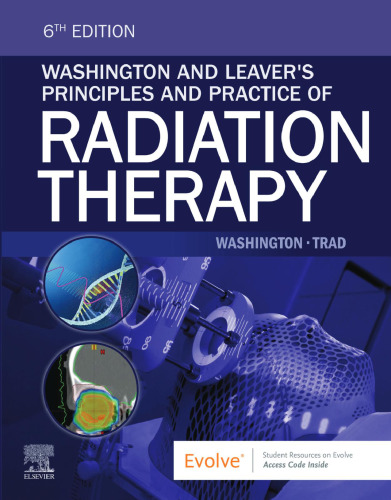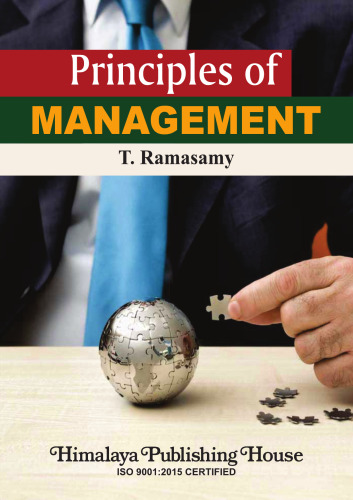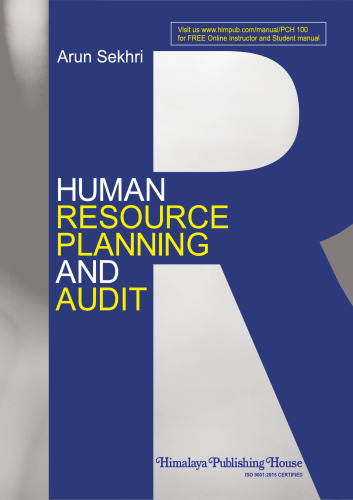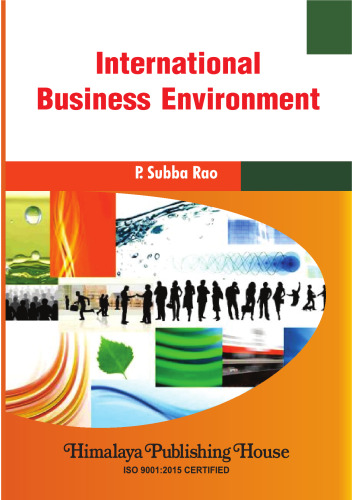Organization of the Monograph Optical character recognition (OCR) is one of the most popular areas of research in pattern recognition [3, 25] since past few decades. It is an actively studied topic in industry and academia [8, 15, 18, 24] because of its immense application poten- tial. OCR was initially studied in early 1930s [23]. It has its origins in Germany as a patent by Gustav Tauschek. OCR is a technique of translating handwritten, type- written or printed text characters to a machine-encoded text [23, 25]. It is a pro- cess of reading handwritten characters and recognizing them. It is widely used as a form of data entry from printed paper data records which may include passport documents, invoices, bank statements, computerized receipts, business cards, mail, printouts etc. OCR is also recognized as the subdomain of image processing which is an important research area of pattern recognition. The human brain generally finds some sort of relation predominantly in graphical form in order to remember it and recognize later. In a way it tends to produce or find patterns in handwrit- ten characters. This led to the major motivation towards the development of OCR systems. The characters of various available languages are based on the lines and curves. An OCR can be easily designed to recognize them
چکیده فارسی
سازمان مونوگراف تشخیص کاراکتر نوری (OCR) یکی از محبوبترین حوزههای تحقیق در تشخیص الگو [3، 25] از چند دهه گذشته است. این یک موضوع به طور فعال در صنعت و دانشگاه مورد مطالعه قرار گرفته است [8، 15، 18، 24] به دلیل پتانسیل کاربردی بسیار زیاد آن. OCR ابتدا در اوایل دهه 1930 مورد مطالعه قرار گرفت [23]. منشاء آن در آلمان به عنوان یک حق اختراع توسط گوستاو تاوشک است. OCR تکنیکی برای ترجمه نویسه های متنی دست نویس، تایپ شده یا چاپ شده به یک متن رمزگذاری شده ماشینی است [23، 25]. این یک فرآیند خواندن شخصیت های دست نویس و شناخت آنها است. این به طور گسترده ای به عنوان فرمی برای ورود اطلاعات از سوابق داده های کاغذی چاپ شده استفاده می شود که ممکن است شامل اسناد گذرنامه، صورتحساب ها، صورتحساب های بانکی، رسیدهای رایانه ای، کارت های ویزیت، پست، پرینت ها و غیره باشد. OCR همچنین به عنوان زیر دامنه پردازش تصویر شناخته می شود. حوزه تحقیقاتی مهم تشخیص الگو مغز انسان به طور کلی نوعی رابطه را عمدتاً به شکل گرافیکی پیدا می کند تا آن را به خاطر بسپارد و بعداً تشخیص دهد. به نوعی تمایل به تولید یا یافتن الگوهایی در کاراکترهای دست نویس دارد. این منجر به انگیزه اصلی توسعه سیستم های OCR شد. کاراکترهای زبان های مختلف موجود بر اساس خطوط و منحنی ها هستند. یک OCR می تواند به راحتی طراحی شود تا آنها را شناسایی کند
ادامه ...
بستن ...
Organization of the Monograph Optical character recognition (OCR) is one of the most popular areas of research in pattern recognition [3, 25] since past few decades. It is an actively studied topic in industry and academia [8, 15, 18, 24] because of its immense application poten- tial. OCR was initially studied in early 1930s [23]. It has its origins in Germany as a patent by Gustav Tauschek. OCR is a technique of translating handwritten, type- written or printed text characters to a machine-encoded text [23, 25]. It is a pro- cess of reading handwritten characters and recognizing them. It is widely used as a form of data entry from printed paper data records which may include passport documents, invoices, bank statements, computerized receipts, business cards, mail, printouts etc. OCR is also recognized as the subdomain of image processing which is an important research area of pattern recognition. The human brain generally finds some sort of relation predominantly in graphical form in order to remember it and recognize later. In a way it tends to produce or find patterns in handwrit- ten characters. This led to the major motivation towards the development of OCR systems. The characters of various available languages are based on the lines and curves. An OCR can be easily designed to recognize them
ادامه ...
بستن ...
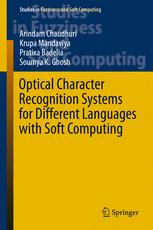

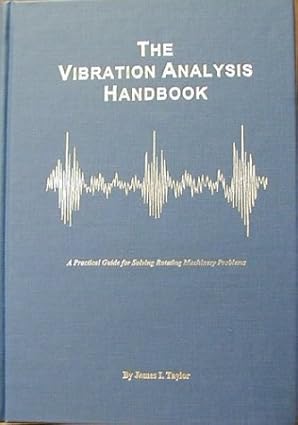
![Our mission to the court of Marocco [Morocco] in 1880, under Sir John Drummond Hay - pdf Our mission to the court of Marocco [Morocco] in 1880, under Sir John Drummond Hay - pdf](https://dl.libsan.ir/images/1/12/112108724_694b9e9769312.jpg)
